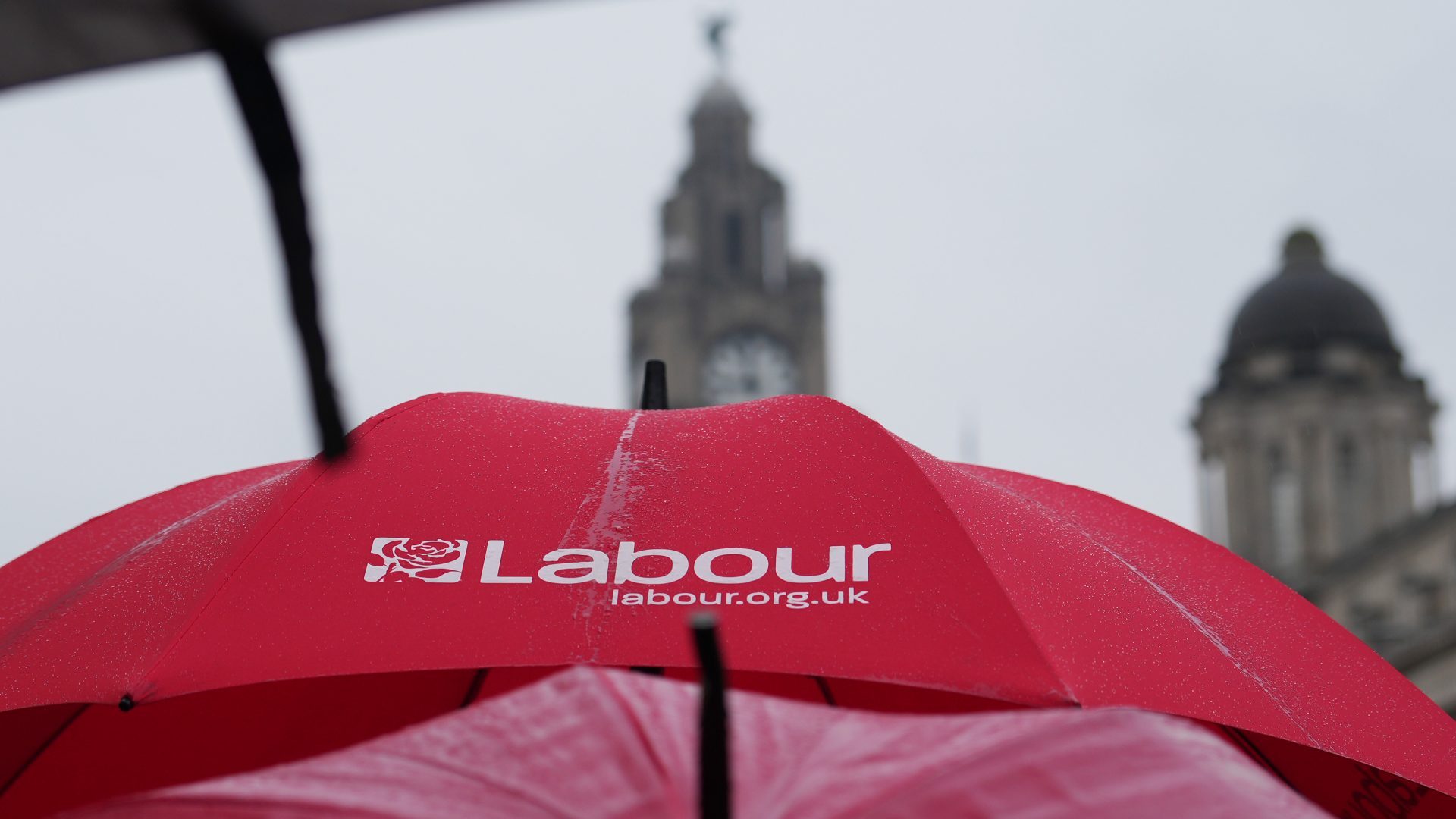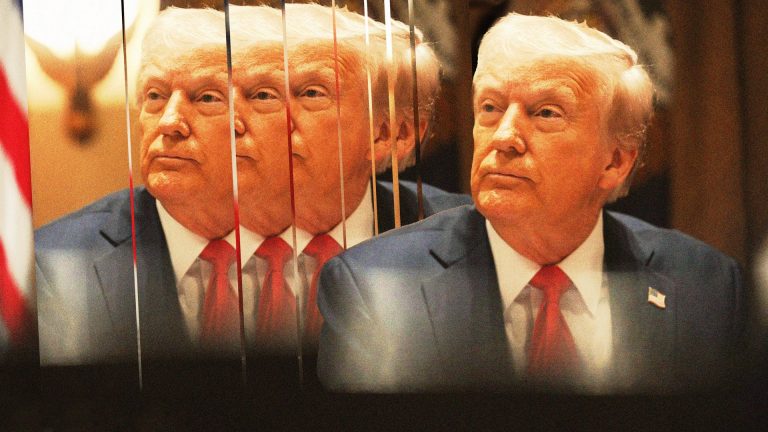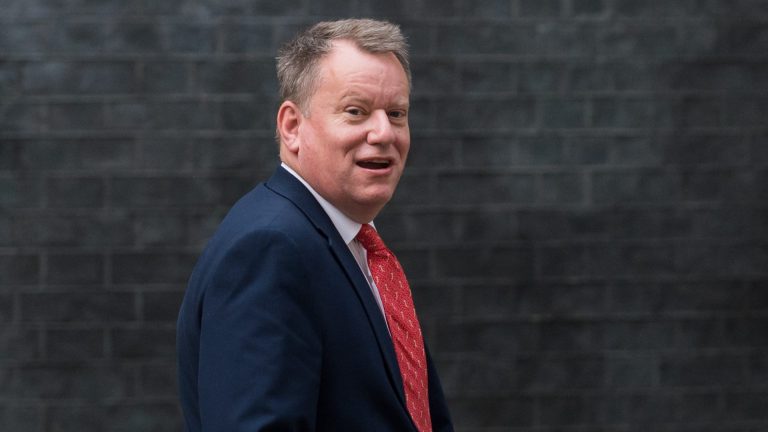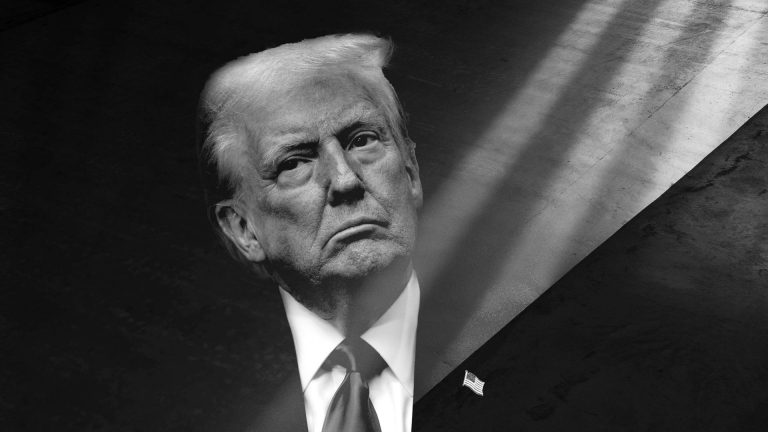Those hoping to learn a lot about a party from its conference might be disappointed if they stick to the main hall – especially when that party is in government. When money is tight and the autumn budget still weeks away, there is not much in the way of new policy.
Labour ministers are largely sticking to the course, announcing little but trying to improve the mood somewhat. Even chancellor Rachel Reeves herself only announced £7 million of new spending, for a trial of breakfast clubs in schools. Welcome news, surely, but less than a drop in the ocean when the state spends more than £1,000 billion every year.
Looking for clues as to what’s happening at conference, then, and who wants what, the speeches are a dead end. But indirect routes can be more promising – if nothing else just taking a look at who is actually attending the conference says a lot.
The conference is certainly much better attended even than a year or two ago, with endlessly long queues just to get on site. Proximity to power makes conference a more appealing prospect.
Among those crowds, as one wag observed, “male, pale and stale is back is fashion”: conferences during the Corbyn leadership had visibly more attendees of colour, women, and younger party members. This year is a good one for white men in their 40s and 50s, though as another noted that tends to follow with being in government.
What really changes is who attends the long parade of stalls littered across the conference site. These always include a lot of charities, whose aim for the conference is generally to get as many MPs as possible photographed with their campaign goals – which makes them likelier to pick up the phone later, or to support amendments or similar that help their cause.
The other perennials are various pressure groups, whose perceived worthiness fluctuates depending on your sympathy for the cause – among this group, Labour’s had republicans (of the anti-monarchy sort, rather than Trump supporters), humanists, anti-gambling groups, the WASPI women and more.
It’s the corporate sponsors that are perhaps the most interesting. Heathrow cemented its place as the winner of the airport lobbying wars with a huge lounge dead on the centre of the floor. Another of the largest presences was a large stand promoting carbon capture and storage – which cynics note is a handy way for fossil fuel companies to have an indirect presence on the conference floor without their own brands being at risk.
Most of the brands have some form of gimmick to attract conference goers. Barclays pulled people in with a spin-to-win machine, while Duolingo – a somewhat baffling presence – have a fridge full of Ben & Jerry’s ice cream.
The Food & Drink Federation, which represents food manufacturers had, predictably, no shortage of free foods, while the National Farmers’ Union had “great cheese”. Others were more creative: one stallholder ran a Scalextric competition, while the Premier League – who are currently lobbying over Labour’s plans to introduce a football regulator – brought along the trophy. Hard to find better selfie fodder for a football fan than that.
The gimmicks are themselves a bit of a giveaway: the corporate stalls know that they’re perhaps not as natural or as easy a draw for most of the Labour MPs or staffers they would want to attract as their ‘worthier’ neighbours, even if the party will very happily accept their money.
But there is no more visible reminder of what goes along with ditching the brand of “party of protest” for “party of government” – big business will get an invitation and will be hobnobbing with the rest of them. Who actually managed to catch the eye of ministers might take months to know – and only be revealed by the policy choices the government makes.
In the meantime, though, there is at least one source of comfort for those discomfited by Labour’s new arrivals: the large GB News stand on the conference floor seemed to exert an almost supernatural influence on conference attendees, who almost subconsciously gave it a swerve to seek other routes to the main hall. Some things, at least, don’t change.










